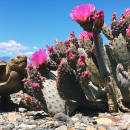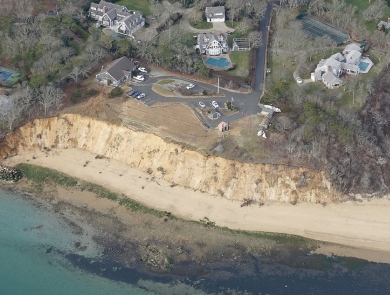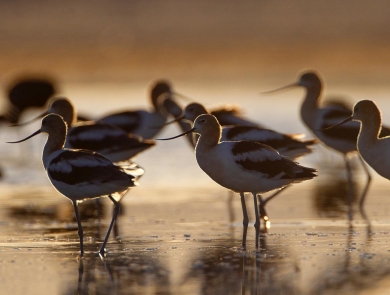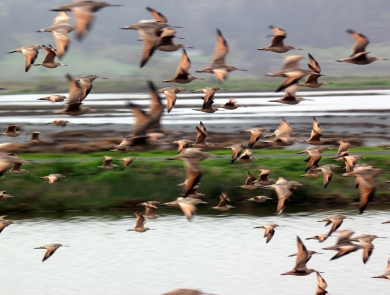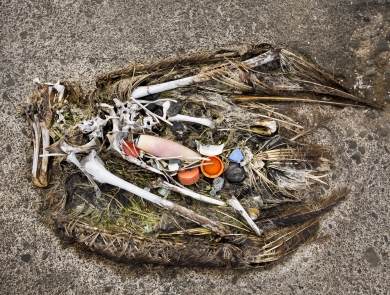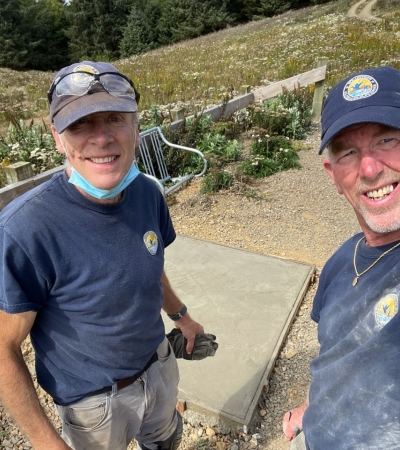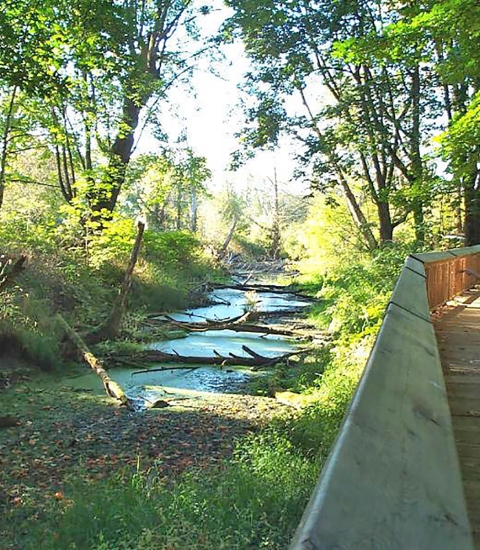Facility
Location
16001 Corn Creek Road
Las Vegas, NV 89124
United States
Volunteer Position Overview
About This Position
Spend your days in the beautiful Mojave Desert of Desert National Wildlife Refuge!
Volunteers needed for the following 3 or 4 month commitments: September - November 2024 and March - May 2025.
Position opens, closes and staffs the Corn Creek Visitor Center, the main gateway to the 1.6 million acre refuge. The Visitor Center has a wonderful exhibit hall, small store and classrooms, plus modern administrative facilities. It provides access to an accessible front-country trail system and has excellent birding and wildlife viewing opportunities. To learn more about the refuge go to www.fws.gov/refuge/desert. There is also a film about the refuge (https://vimeo.com/86424950).
As the resident host, you provide orientation, interpretation and answer visitor questions at the main information desk. You would also cover topics regarding the refuge, local natural and cultural resources, safety precautions, rules and regulations, recreational opportunities, and area services. You would also assist staff with operations and maintenance of facilities, including cleaning bathrooms, emptying trash containers, ensuring refuge is free of litter and other more complex maintenance and visitor facility projects within your abilities.
Schedule is typically 4 days on and 3 days off. Day-to-day schedule varies. Couples will work the same days, but may not have the same daily schedule.
Location of refuge is about 30 minutes north of Las Vegas, NV. Nearby recreation includes 20 minutes to Mt. Charleston (Spring Mountains NRA), and 45 minutes to Lake Mead NRA. Grand Canyon (North & South Rim), Zion, Bryce Canyon and Death Valley National Parks are all less than a half day's drive.
RV or motor home utility hook-ups for electric, water, and sewage available. No propane. Hosting requires 24 hours a week per resident. Exact start and end dates negotiable.
When applying please provide contact information for three references. Two references should be professional. If applying as couple please provide both applicant names.
Duties/Activities
Stories About Volunteering
Other Ways to Work with Us
Are you looking for something different than a volunteer opportunity? The Fish and Wildlife Service employs around 9,000 people nationwide and offers great internship opportunities every year.
